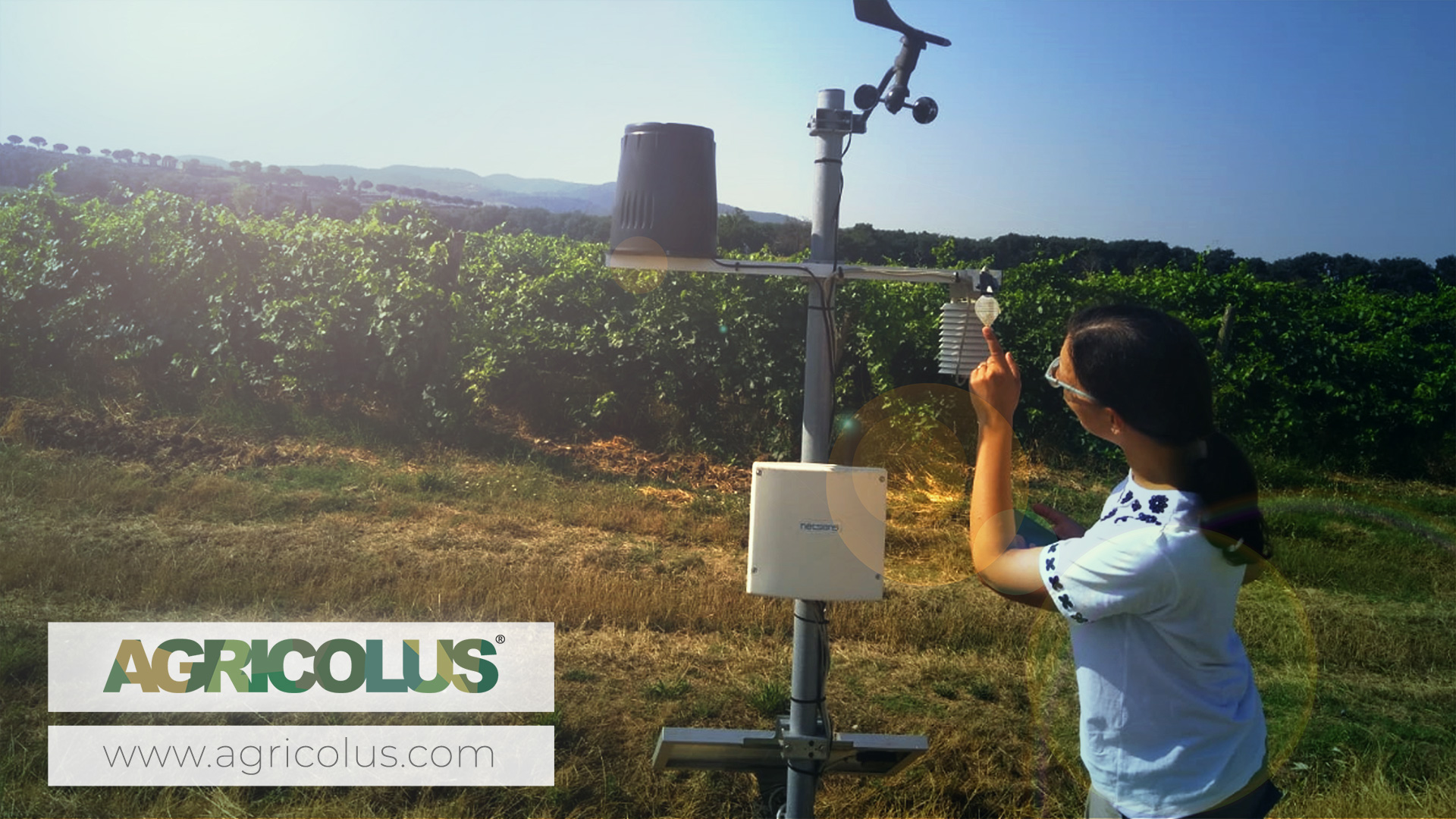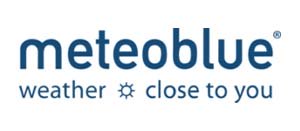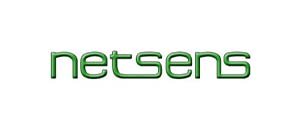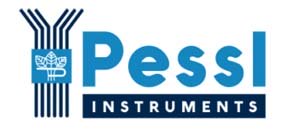Sensors for agriculture

Sensors for agriculture are one of the key elements for the digitization of the farm. In fact, they detect fundamental data that allow to assess the health of the crops: after analysis and comparisons, they give the possibility to plan targeted interventions.
The use of this data in the decision-making process reduces the use of human labor in the fields, ensuring a higher quality of operations, such as monitoring activities, as well as reducing the use of resources.
The use of sensors, such as agro-meteorological sensors, makes it possible to register and obtain several data related to crops (e.g. leaf wetting) and the surrounding environment (air humidity, temperature and wind speed values). The availability of these data has contributed to the diffusion of forecast models to evaluate and estimate crop growth and the presence of diseases.
In general, the monitoring of the parameters provided by sensors, whether positioned in the field, located on tractors or drones, has many advantages:
- improve productivity
- reduce product losses
- save energy
- plan with professionalism and precision the methods of intervention in order to keep the optimal conditions of production constant.
In the agricultural sector, the use of a sensor system facilitates and improves cultivation both in the open field and in greenhouses, as well as simplify operations such as storage and transport.
What can sensors do for agriculture?
Here some examples: the sensor, that installed inside the harvester, weighs the amount of grain that is collected and geolocates the data, so it is possible to create yield maps; or the proximal sensors that placed on the machineries allow a variable rate distribution of fertilizers. Or the sensors that allow to collect detailed and real-time information on soil moisture conditions, allowing a better management of irrigation and avoiding stress for the crop.

Sensors in Agricolus
Agricolus integrates several sensors into its platform. They are used for the collection of weather data (agro-meteorological stations), information about traps and harmful insect catches (automatic traps) and indications about the traceability of operations carried out in the field.




